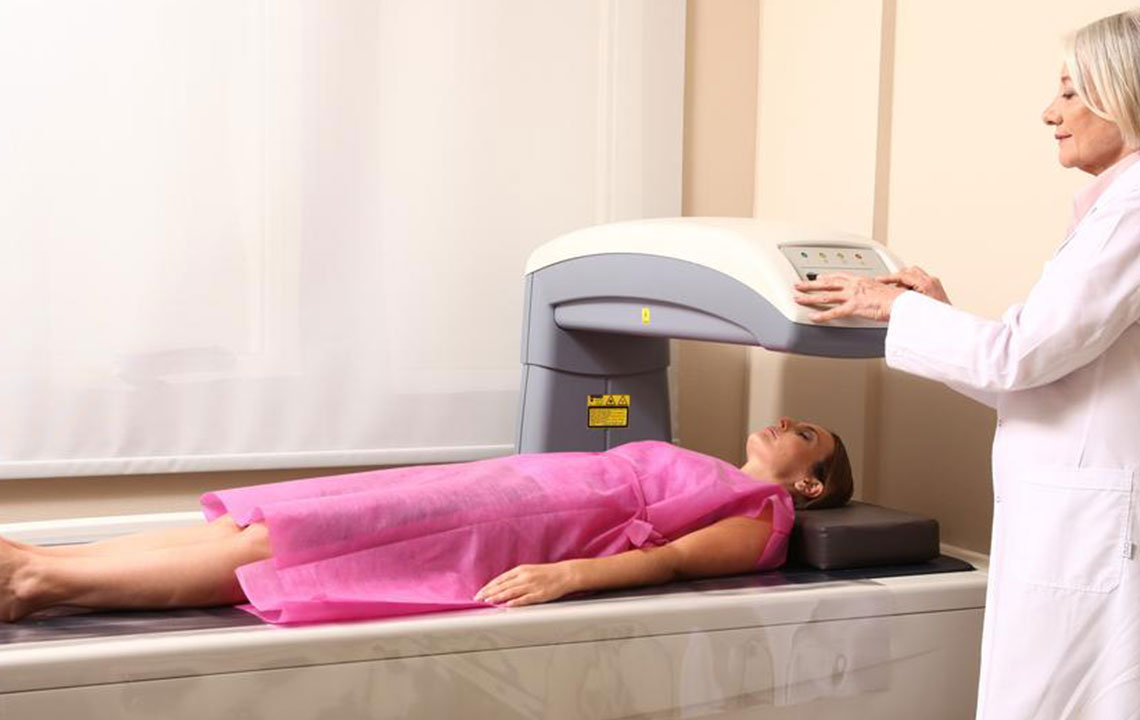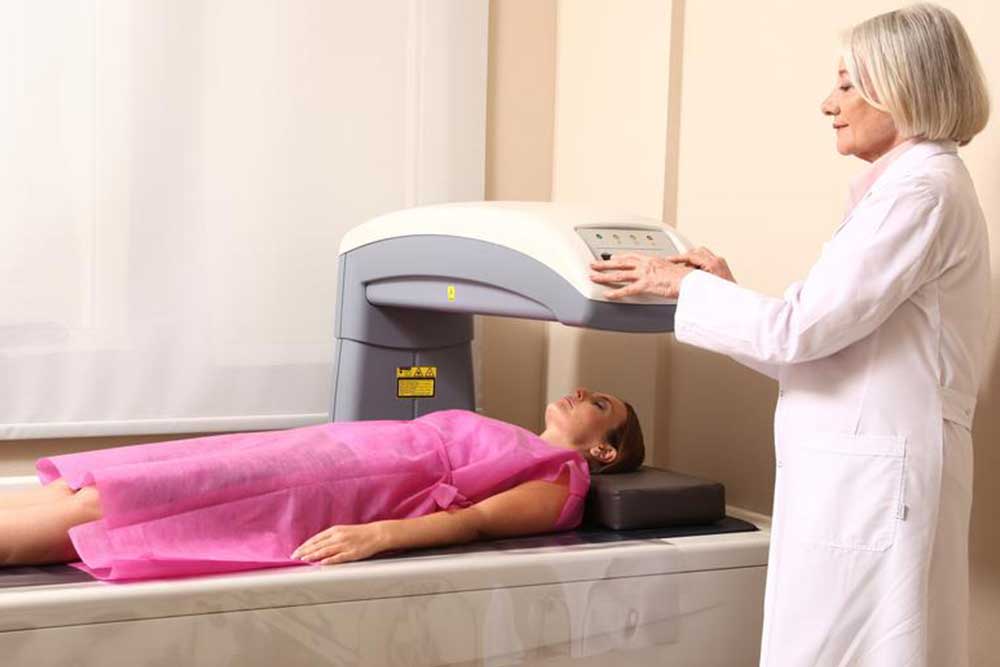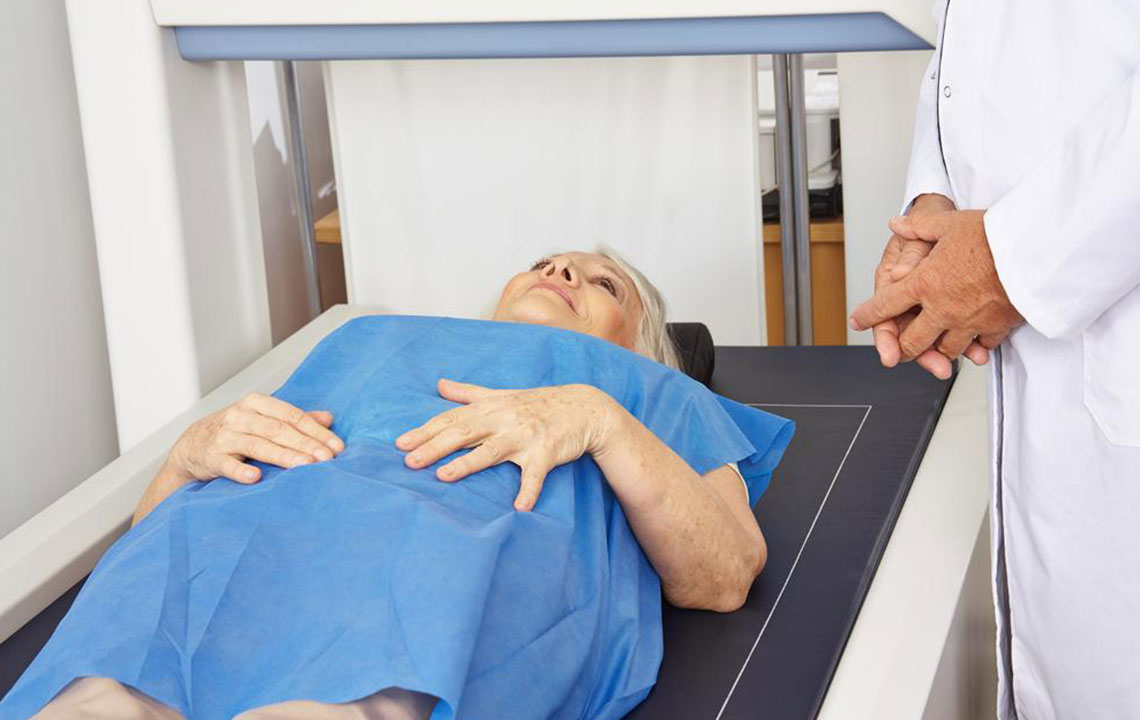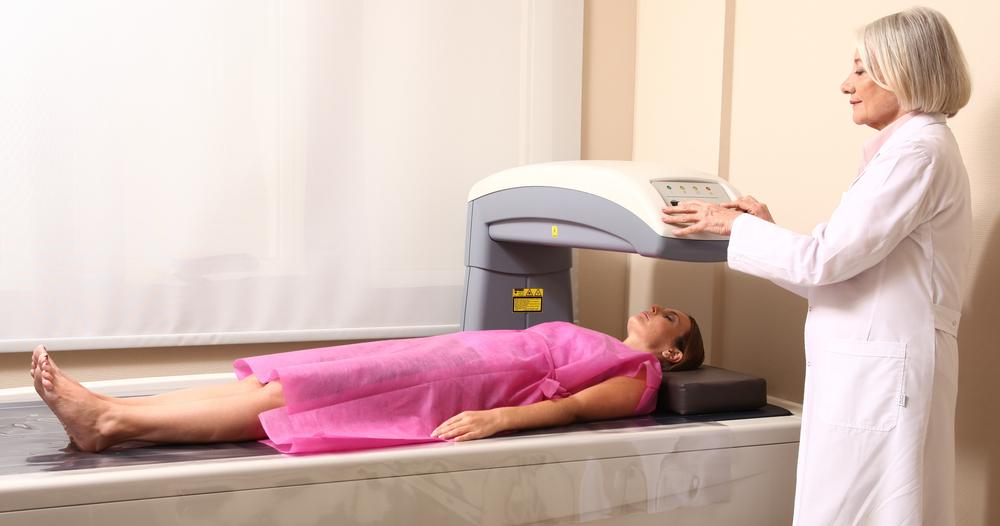Comprehensive Guide to Bone Density Assessments and Their Vital Role in Maintaining Bone Health
This comprehensive article explores the importance of bone density assessments, detailing the types of tests available, their benefits, and how they contribute to early detection and prevention of bone diseases like osteoporosis. It emphasizes the role of regular testing, lifestyle modifications, and medical interventions in maintaining strong bones, especially for at-risk populations. The guide is essential for understanding how to preserve bone health throughout life and prevent fractures that can diminish quality of life.

Comprehensive Guide to Bone Density Assessments and Their Vital Role in Maintaining Bone Health
Bone health is an essential component of overall wellness, significantly impacting mobility, independence, and quality of life. As we age, our bones gradually lose mineral density, increasing the risk of fractures and conditions such as osteoporosis. To accurately assess bone strength and identify potential issues early on, healthcare professionals utilize specialized evaluation methods such as bone density testing. These assessments are crucial in diagnosing bone-related conditions, guiding preventive measures, and tailoring treatment plans to maintain optimal bone health throughout life.
Bone density assessments, often referred to as bone mineral density (BMD) tests, are non-invasive procedures that measure the mineral content within bones to determine their strength and density. The most common and reliable method employed is dual energy X-ray absorptiometry (DEXA or DXA). This technology provides precise measurements primarily in the hips and spine—areas most susceptible to fractures as we age. These tests are particularly recommended for individuals over the age of 50, postmenopausal women, men with risk factors for osteoporosis, or those with a history of fractures or fractures in the family history.
The importance of regular bone density testing cannot be overstated, especially for early detection of conditions like osteoporosis and osteopenia, which often develop without symptoms until a fracture occurs. Osteoporosis, characterized by decreased bone mass and microarchitectural deterioration, significantly increases fracture risk, especially in the hip, spine, and wrist. Osteopenia denotes a lower than normal bone density that may progress to osteoporosis if not appropriately managed. Detecting these conditions early through regular testing offers multiple benefits, including initiating lifestyle modifications, dietary adjustments, and medical treatments designed to strengthen bones and prevent fractures.
For individuals with previous fractures or known risk factors—such as smoking, excessive alcohol consumption, sedentary lifestyle, certain medications, or chronic health conditions—a bone density scan becomes an essential tool. The results from these scans assist healthcare providers in recommending targeted interventions that may include calcium and vitamin D supplementation, anti-osteoporosis medications, physical activity regimens, and nutritional counseling. Early identification of declining bone density enables proactive measures to reduce fracture risk and enhance overall quality of life.
Understanding the different types of bone density tests is vital for choosing the most appropriate assessment. The gold standard remains the central DXA scan, which measures bone density in the spine and hips, offering high accuracy and detailed results. Peripheral tests, such as peripheral DXA (pDXA), quantitative computed tomography (pQCT), and quantitative ultrasound (QUS), evaluate bones in peripheral sites like the wrist, heel, or finger. These peripheral assessments are faster, more accessible, and involve minimal radiation, making them convenient options for screening. However, they are generally less precise than central DXA scans, which are considered the gold standard for definitive diagnosis.
Prior to scheduling a bone density assessment, consulting with your healthcare provider is vital to ensure you undergo the most suitable test considering your health status and risk factors. In addition to diagnostic testing, regular monitoring helps track changes in bone density over time, allowing for timely adjustments in treatment strategies. It is advisable to conduct testing every 1-2 years for at-risk populations and as recommended by your healthcare professional.
Maintaining healthy bones is a multifaceted endeavor involving adequate nutrition, regular weight-bearing and resistance exercises, lifestyle modifications, and medical management when necessary. Key nutritional elements include sufficient intake of calcium and vitamin D, which support bone mineralization. Engaging in physical activities such as walking, cycling, strength training, and weightlifting stimulates bone formation and strengthens existing bone tissue. Avoiding smoking, limiting alcohol intake, and managing chronic health conditions also play critical roles in preserving bone health.
In summary, bone density assessments are an indispensable part of preventive healthcare, especially as we age. They enable early detection of weakening bones and facilitate timely interventions to prevent fractures and maintain independence. Whether through central DXA scans or peripheral tests, understanding your bone health status empowers you to make informed decisions and adopt lifestyle habits conducive to strong, resilient bones. Regular testing, combined with a holistic approach to health, ensures a better quality of life and reduces the burden of bone-related diseases in aging populations.





